By Jonathan Klotz
| Published
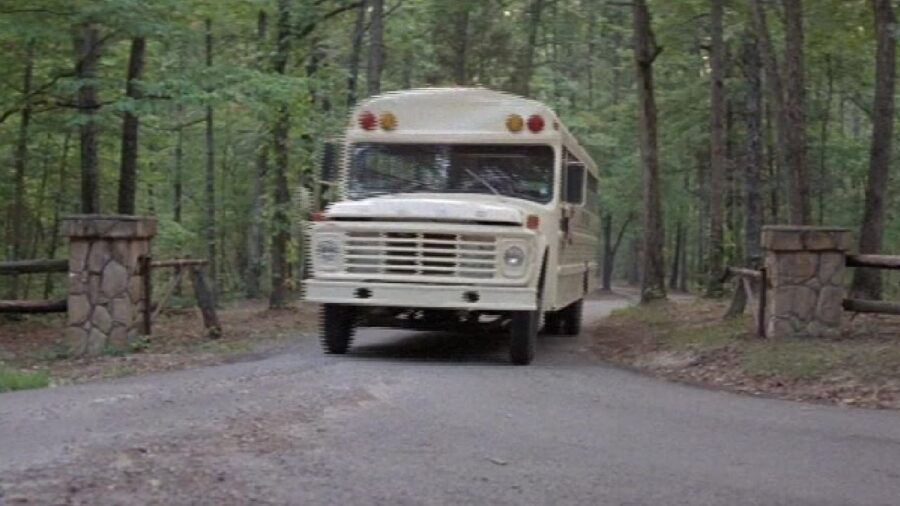
Everyone knew who Ernest was back in the late 80s and well into the 90s; played by veteran actor Jim Varney, the dim-witted, accident-prone character starred in local commercials along the Gulf Coast before becoming so popular, Disney executives decided to make him the centerpiece of a feature film. Ernest Goes to Camp launched one of the most profitable comedy franchises in history, which resulted in nine new movies in 11 years, but today, the film that started it all has been erased from history. The reason why it’s locked in the Disney vault is because of Hollywood’s long history of casting Native American characters and how Walt Disney himself was fooled by one of his friends.
Standard 80s Summer Camp Adventure
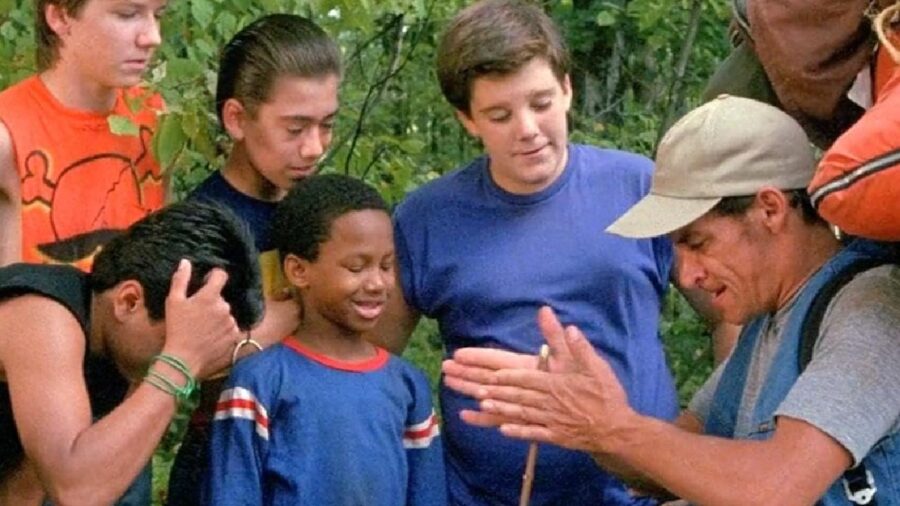
The long exile of Ernest Goes to Camp has nothing to do with Jim Varney, who passed away in 2000 and was, by all accounts, a decent human being. The movie is a standard 80s summer camp film, following a group of outcast kids called the Second Chancers as they attend Kamp Kikakee, a struggling summer camp run by Chief St. Cloud, a Plains Indian. It’s the usual outcasts vs. evil industrialist plot, as Sherman Krader wants to shut down the camp and mine its resources, though it is elevated thanks to Varney’s portrayal of Ernest as the camp’s maintenance man.
If an out-of-touch portrayal of Native Americans was the only mark against Ernest Goes to Camp, it would be streaming today; after all, Ernest Goes to Africa, is on AppleTV. The problem isn’t how the film depicts Native Americans, it’s who is playing Chief St. Cloud that’s the problem. Iron Eyes Cody, a veteran of Hollywood Westerns going back to the 1940s, plays camp owner Chief St. Cloud, and the controversy over him has doomed the film to obscurity.
The Iron Eyes Cody Scandal
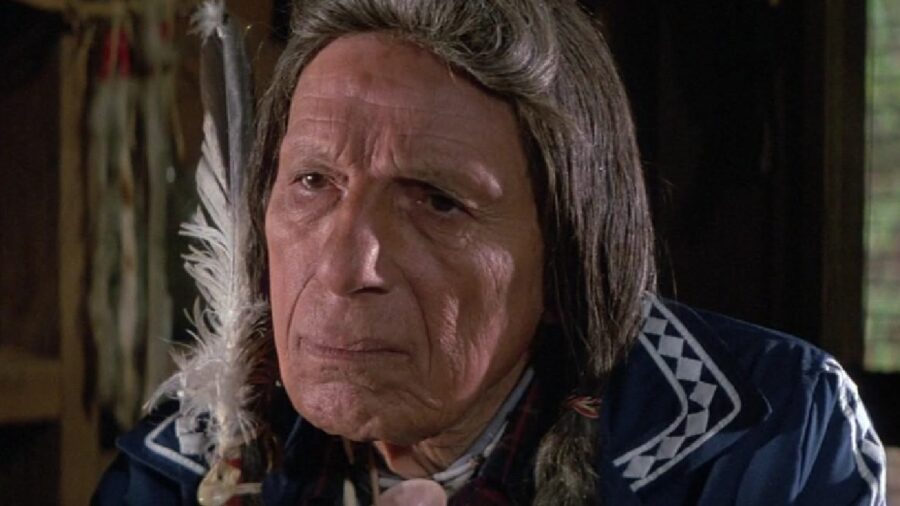
Ernest Goes to Camp was far from the first film to cast Iron Eyes Cody as a Native American, and chances are, you know him from the famous “Crying Indian” commercial about littering. A close friend of Walt Disney, Iron Eyes Cody was Hollywood’s go-to for Native American roles, but in 1996, it was revealed that his real name was Espera Oscar de Coti, and he was Italian. This was after he spent decades living as a Native American, wearing “traditional” outfits in his daily life, and fooling everyone, including Disney. Espera denied this claim until he passed away in 1999, despite his family producing a baptismal certificate with his real name.
While Jim Varney’s portrayal of Ernest had diminishing returns over the years, it’s unfortunate that his breakout film, one of the 80s surprise hit comedies, has been locked away in the Disney vault alongside Song of the South through no fault of his own. Disney produced Ernest Goes to Camp under the Touchstone label, and it was created by then CEO Michael Eisner and chairman Jeffrey Katzenberg, which, combined with Walt Disney’s close friendship with Iron Eyes Cody, made the film a public relations nightmare. For a brief moment, the film was available on DVD and Blu-Ray, but those print runs ended over a decade ago, making it hard to find today.
The Importance Of Being Ernest
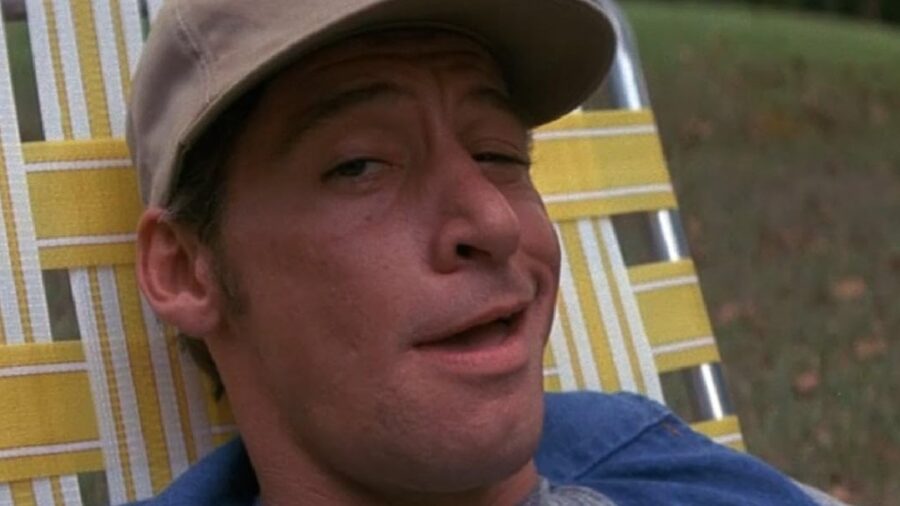
Though Ernest Goes to Camp isn’t streaming, despite the brief moment last year when it was on Hulu before a Disney executive likely realized what they had done, other Jim Varney classics are available. In fact, fans of the character will argue that the first film is one of the worst since Ernest is more normal and not quite the living cartoon Varney would play him as later, notably in Ernest Goes to Jail, which some think is the best of the series. Hollywood has given up on comedies, and we’ll never get another franchise like Ernest, though Larry the Cable Guy made an attempt at it, but that doesn’t mean it should bury the past, no matter how modern audiences may view it.
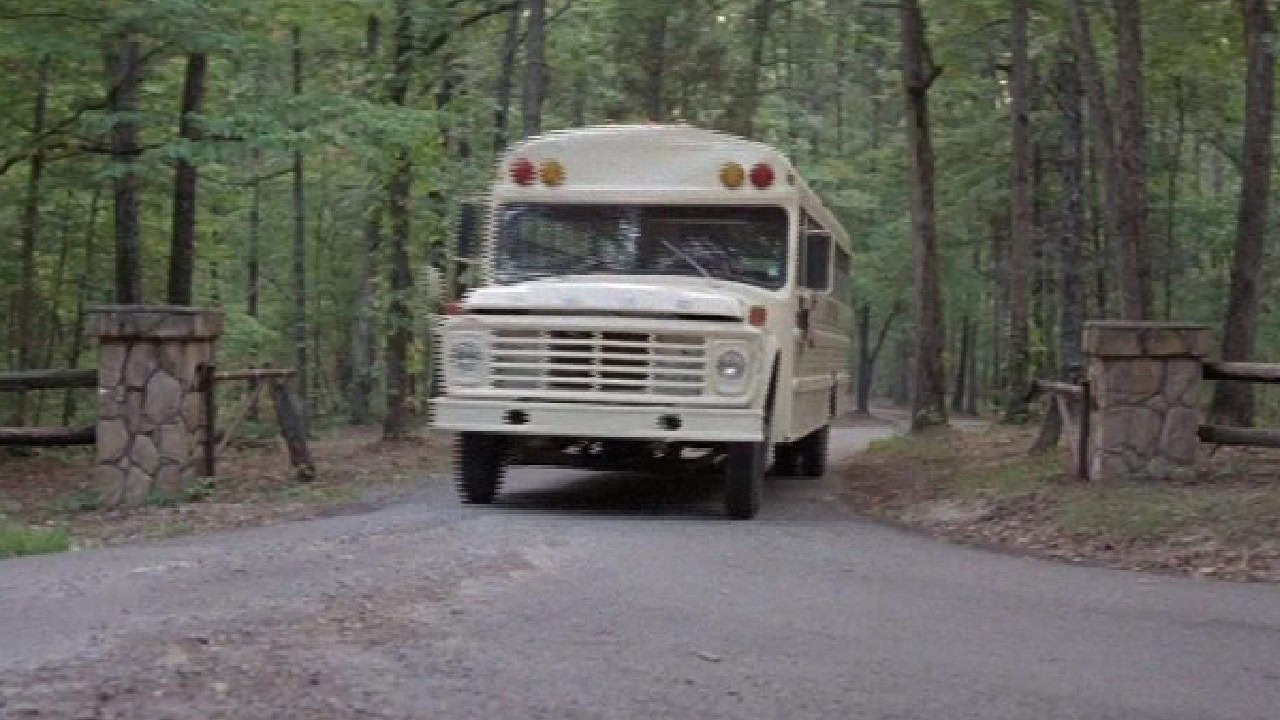

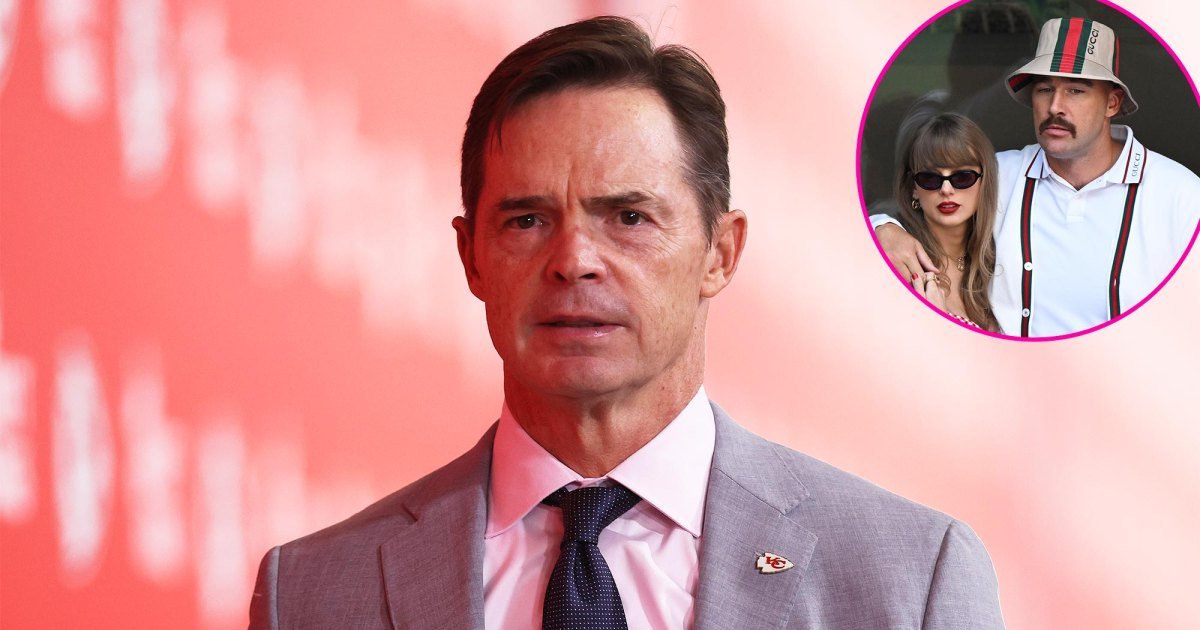






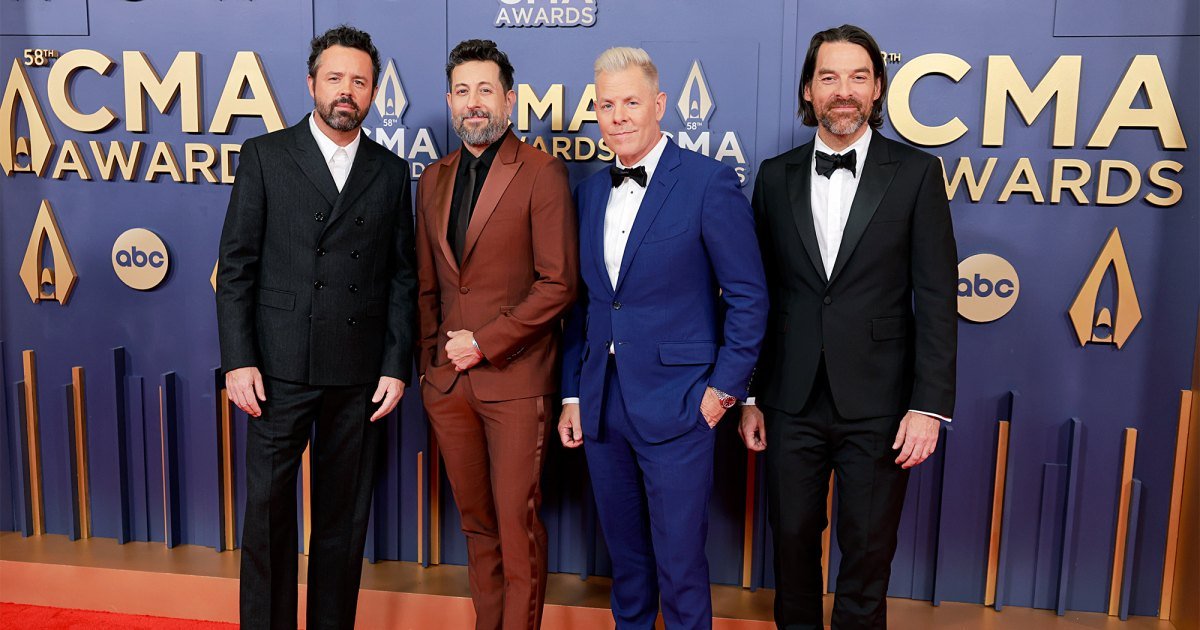




Leave a Reply